List of The Best Compost Ingredients for Your Pile or Bin
When it comes to composting, using the right ingredients is key to creating rich, fertile compost.
As experienced gardeners, we’ve tried various methods and materials, discovering what works best. This guide will walk you through the best ingredients to use in your compost pit or bin, based on evidence, research, and our real-life experiences.



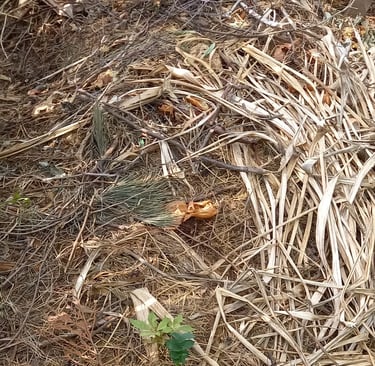
Key Takeaways
Fruit and Vegetable Scraps: Rich in nutrients and decompose quickly.
Coffee Grounds: Add nitrogen and improve soil structure.
Grass Clippings: Provide nitrogen and break down rapidly.
Eggshells: Add calcium and help balance compost pH.
Leaves: Add carbon and create a balanced compost mix.
Understanding Compost Ingredients
Composting is the natural process of recycling organic material, such as leaves and vegetable scraps, into a rich soil amendment known as compost.
You can apply various organic composting methods like standard cold composting, more advanced techniques like Vermicomposting, or hot composting.
Understanding the balance of ingredients is crucial to producing high-quality compost. The key to successful composting lies in the right mix of green (nitrogen-rich) and brown (carbon-rich) materials, which ensures efficient decomposition and nutrient-rich compost.
How Composting Works
Composting works through the action of microorganisms in the compost pile, which break down organic matter into simpler substances.
These microorganisms require four essential components to thrive: carbon, nitrogen, oxygen, and moisture.
Carbon (Browns): Provides energy for microorganisms and helps to keep the compost pile aerated.
Nitrogen (Greens): Supplies protein for microorganism growth and reproduction.
Oxygen: Necessary for aerobic decomposition, preventing foul odors and promoting efficient breakdown.
Moisture: Needed to keep the microorganisms active and the composting process going.
Microorganisms decompose organic matter through aerobic processes, converting it into compost over several weeks or months. Regular turning of the compost pile adds oxygen and accelerates decomposition.
Expert Tip: you can also speed up the composting process by using compost starters.
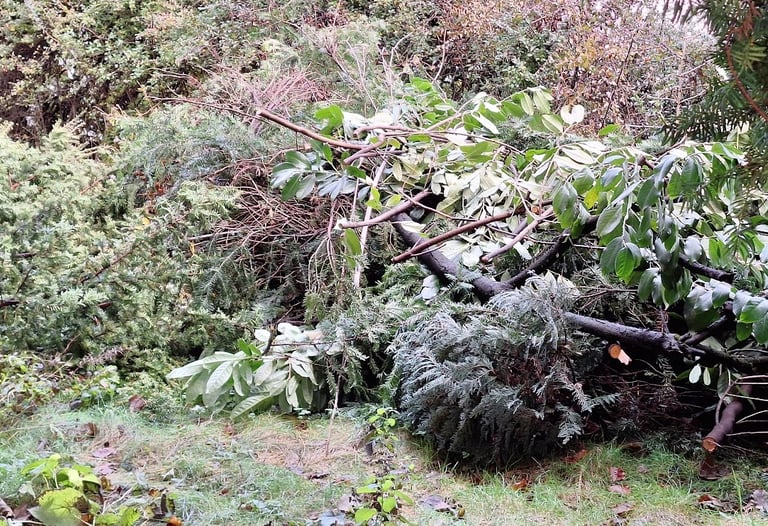

List of The Ideal Ingredients for Your Compost Pile and Bin ✅
Greens (Nitrogen-Rich Materials)
Fruit and Vegetable Scraps: Decompose quickly and add essential compost nutrients.
Coffee Grounds: Nitrogen-rich and improve soil structure.
Grass Clippings: Provide a quick boost of nitrogen and decompose rapidly.
Manure: From herbivores, adds significant nitrogen and beneficial microbes.
Seaweed: Rich in nutrients and adds valuable trace minerals.
Green Leaves: Fresh leaves provide nitrogen and decompose quickly.
Tea Bags: Add nitrogen and are easy to compost if the bags are biodegradable.
Alfalfa Meal: Highly nutritious and breaks down quickly.
Hair and Fur: Rich in nitrogen, although slower to break down.
Kitchen Waste: Includes peels, cores, and other food scraps.
Spent Flowers: Adds nitrogen and decomposes relatively quickly.
Eggshells: Although slow to decompose, they add calcium and other minerals.
Fish Waste: Adds significant nutrients but can attract pests, so bury it deeply.
Juicing Pulp: Provides a quick source of nitrogen and decomposes easily.
Spent Brewer’s Grains: High in nitrogen and decompose quickly.
Old Spices: Can add minor nutrients and help to repel some pests.
Aquarium Water: Contains fish waste and is nutrient-rich.
Molasses: Adds nutrients and helps to activate the compost.
Urine: Rich in nitrogen and minerals but should be diluted.
Spoiled Dairy: Adds nutrients but should be used sparingly to avoid odors.
Browns (Carbon-Rich Materials)
Leaves: Add carbon and help balance the compost mix.
Straw and Hay: Provide carbon and help with aeration.
Wood Chips and Sawdust: Add carbon but should be used sparingly.
Cardboard and Paper: Shredded cardboard and paper are excellent carbon sources.
Cornstalks and Pine Needles: Add bulk and carbon but decompose slowly.
Paper Towels and Napkins: Biodegradable and add carbon.
Toilet Paper Rolls: Shredded and added for carbon content.
Wine Corks: Made of natural cork and add carbon.
Brown Paper Bags: Shredded and added for carbon content.
Dryer Lint: From natural fibers, adds carbon.
Cereal Boxes: Shredded and added for carbon content.
Pet Bedding: From herbivores, adds carbon and bulk.
Nut Shells: Add carbon and take longer to decompose.
Stale Bread: Adds carbon and decomposes slowly.
Pine Cones: Provide carbon and help with aeration.
Sawdust Pellets: Add carbon and are easy to handle.
Old Wine Barrels: Broken down for carbon content.
Feathers: Provide carbon but decompose slowly.
Jute and Cotton Scraps: Add carbon if they are biodegradable.
Coconut Coir: Adds carbon and improves structure.
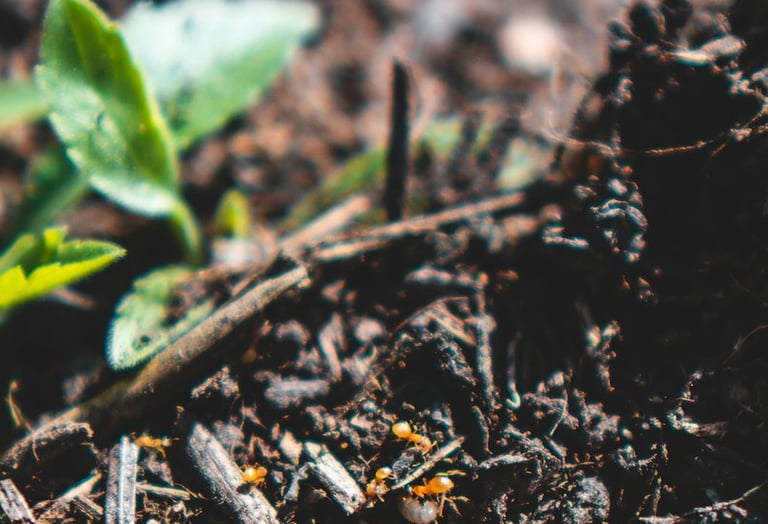



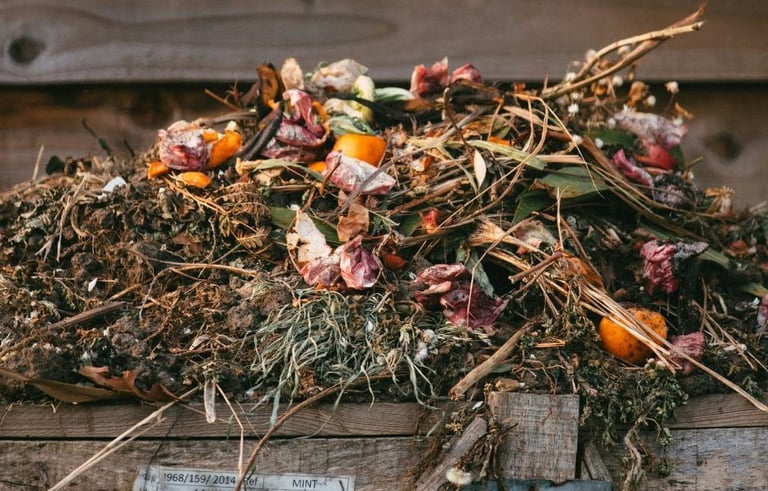



Ingredients to Avoid in Your Compost ⛔
Equally important is knowing which ingredients to avoid, as certain materials can cause problems in your compost pile. Here are some key ingredients to steer clear of:
Meat and Dairy Products: These decompose slowly, create strong odors, and attract pests like rats and raccoons.
Diseased Plants: Adding infected plants can spread diseases and pests to your compost and garden.
Weeds with Seeds: Weed seeds can survive composting and germinate in your garden, creating more weeds.
Pet Waste: Waste from meat-eating pets can introduce harmful bacteria and parasites.
Oily and Greasy Foods: These break down slowly and can create odors that attract pests.
Synthetic Materials: Plastics, glass, and metals do not decompose and can contaminate your compost.
Large Wood Pieces: Large wood pieces decompose very slowly and can hinder the composting process.
Coal Ash: Contains high levels of sulfur, iron, and heavy metals, which can be toxic to plants and humans.
Additional Tips for Composting at Home
Maintain Balance: Always aim for a balanced mix of green and brown materials.
Ingredient Size Matters: Chop or shred larger items to speed up decomposition.
Cover the Top: Cover your compost pile with a tarp or lid to retain moisture and heat.
Compost Bins: Consider using compost bins to keep everything contained and tidy.
Use a Thermometer: Look for the ideal temperature to ensure optimal decomposition.
Add Soil or Compost: Introducing a small amount of soil or finished compost can help introduce beneficial microbes.
Avoid Overloading: Don’t overload the compost pile with one type of material; diversity is key.
Be Patient: Composting takes time; allow several months for materials to break down fully.
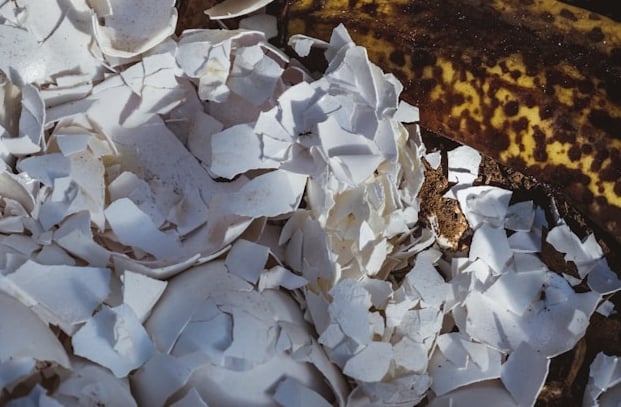





Is Composting Worth It?
After considering all the pros and cons of composting at home, in schools, and in communities, many find it worthwhile for the environmental benefits, soil health improvements, and waste reduction it offers. Composting transforms waste into a valuable resource, enriching gardens and reducing landfill burden.
What Happens If We Don't Compost?
If we don’t compost, organic waste ends up in landfills, where it decomposes anaerobically, producing methane, a potent greenhouse gas.
This contributes to climate change, resulting in lost opportunities for enriching soil and reducing the need for chemical fertilizers.
By composting, we can significantly reduce our environmental footprint and enhance the health of our gardens.

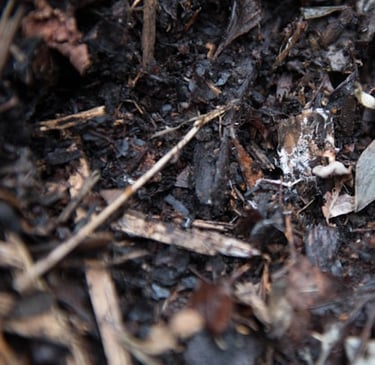

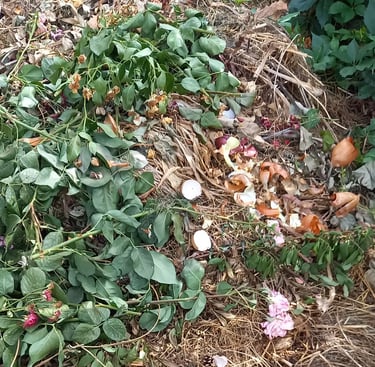


FAQ
What is the ratio of compost ingredients?
The ideal ratio for compost ingredients is approximately 30 parts carbon (browns) to 1 part nitrogen (greens).
This balance helps ensure efficient decomposition and prevents odors.
What materials are used for composting?
Materials used for composting include green materials like fruit and vegetable scraps, coffee grounds, grass clippings, and manure, and brown materials such as leaves, straw, cardboard, and wood chips.
What does composting consist of?
Composting consists of the controlled decomposition of organic matter through the action of microorganisms. It requires a balance of carbon and nitrogen-rich materials, oxygen, and moisture.
What are the 4 elements needed for composting?
The four elements needed for composting are carbon (browns), nitrogen (greens), oxygen, and moisture.
These elements support microbial activity, which breaks down the organic matter into compost.
What is the composition of composting?
The composition of composting involves a mix of organic materials, including green (nitrogen-rich) and brown (carbon-rich) ingredients, water, and air.
This combination provides the necessary environment for microorganisms to decompose the materials.
How to make great compost quickly?
To make great compost quickly, chop or shred materials to increase the surface area for microbes, maintain the proper balance of greens and browns, keep the compost pile moist but not waterlogged, and turn the pile regularly to add oxygen and speed up decomposition.
What is the formula for compost?
The formula for compost is
Compost = 1 part greens + 3 parts browns
This means using 3 parts carbon-rich materials (browns) for every 1 part nitrogen-rich materials (greens). This balance helps create an ideal environment for decomposition and results in high-quality compost.




Sources
Nature and Sustainability uses only high-quality sources, including peer-reviewed studies to support the facts we describe in our articles. Please read our editorial policy to learn more about how we keep our content accurate, reliable, and trustworthy.
Compost ingredients: Composting At Home | US EPA, What to Compost | Planet Natural,Compost Recipe (growveg.co.uk), What to Compost (thespruce.com), What Not to Put in Compost (bhg.com)
Information and facts on composting: Temperature in Compost | ThermoWorks, Composting 101 (nrdc.org), Compost Ratio (thespruce.com), Add Nitrogen to Compost - wikiHow, Compost pH | Gardening Know How, Nutrients in Compost | Today's Homeowner
Composting problems: Common Compost Problems (growveg.co.uk)
Compost microbes: Compost Pile Microbes - CalRecycle
Share this article:




Article By:
Calin has been in the garden industry for 5 years and knows a lot about gardening and plants. He is the founder of this website and is responsible for most of the content.
Reviewed and Fact Checked By:
Liviu Burileanu


Liviu is an expert gardener who has farmed and grown plants for 15 years. He likes houseplants and also knows cybersecurity like the back of his hand.

